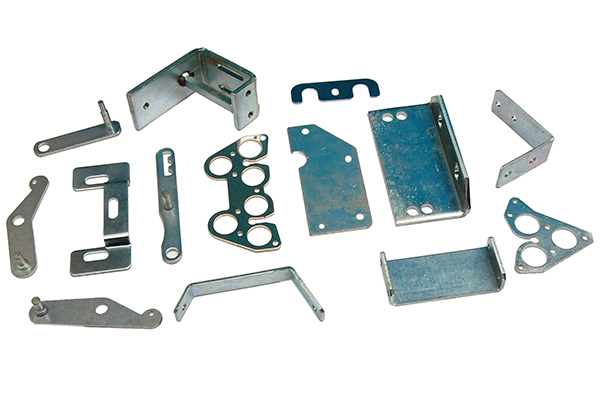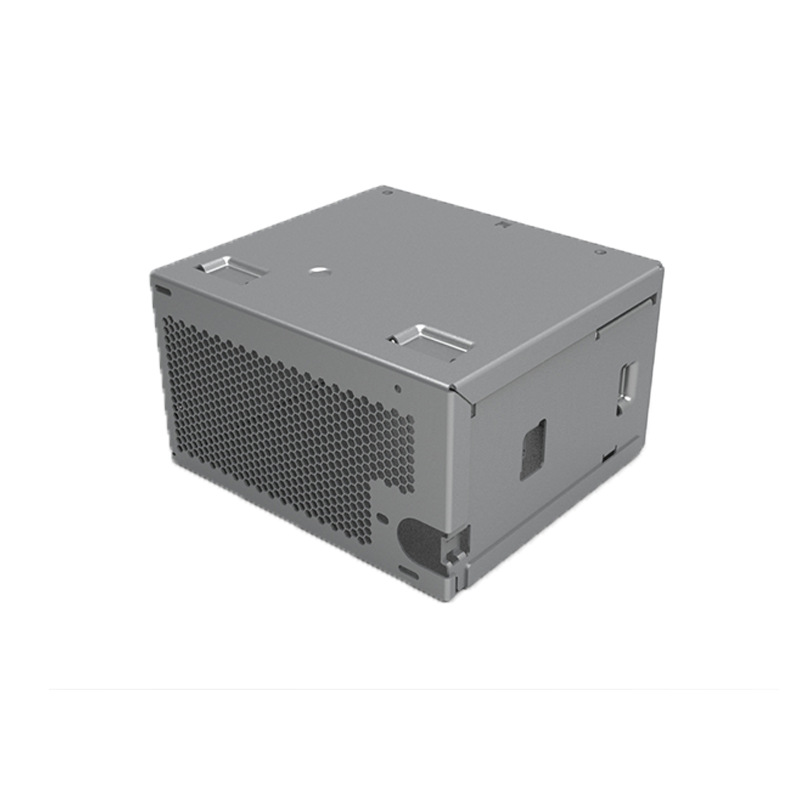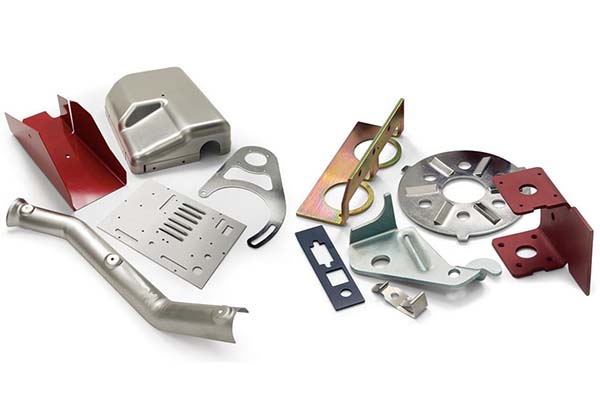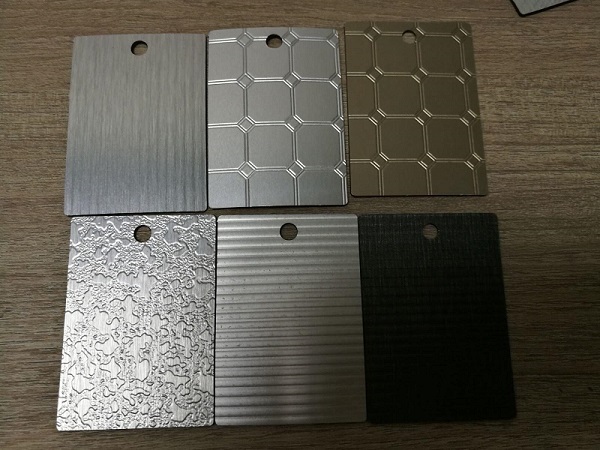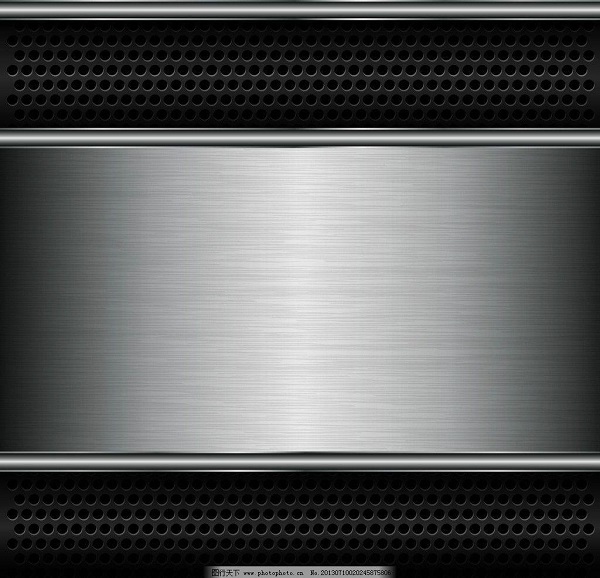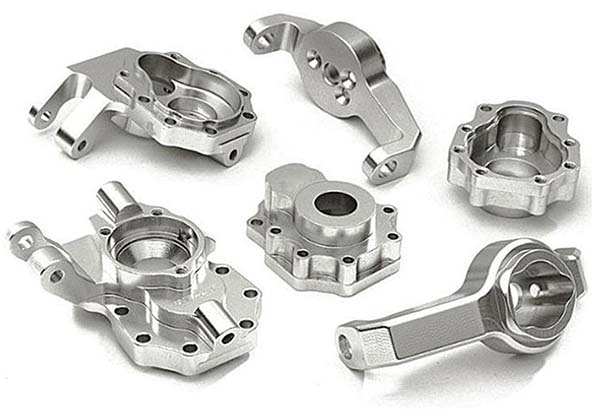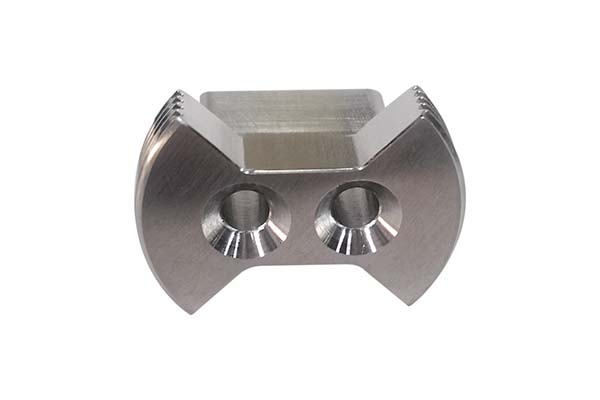Understanding the Basics of Sheet Metal Benders
A sheet metal bender, also known as a plate bender or a metal folding machine, is an essential piece of equipment in the metal processing industry. Its primary function is to transform flat sheets of metal into various three - dimensional shapes by applying force to bend the metal along a specific axis.
The Process of Bending
The bending process is based on the principle of plastic deformation. When a sufficient amount of force is applied to the sheet metal, it exceeds the metal's yield strength, causing the metal to deform permanently. For example, a common 1 - mm thick mild steel sheet can be bent into a 90 - degree angle using a sheet metal bender with the appropriate tonnage.
Key Components
- Upper and Lower Dies: These are the parts that come into direct contact with the sheet metal. The upper die is usually movable and exerts the bending force, while the lower die provides support and determines the shape of the bend. For instance, a V - shaped lower die is often used for making simple V - bends in the sheet metal.
- Backgauge: It is crucial for positioning the sheet metal accurately before the bending operation. The backgauge can be adjusted to different lengths, ensuring consistent and precise bends. For example, if you are bending multiple sheets to form a series of identical brackets, the backgauge will help in achieving the same bend location on each sheet.
Applications in Metal Processing
Sheet metal benders are widely used in many industries. In the automotive industry, they are used to manufacture car body parts such as doors, hoods, and fenders. In the aerospace industry, they play a vital role in producing aircraft components like wing sections and fuselage panels. For example, in a typical automotive manufacturing plant, hundreds of sheet metal parts are bent daily using sheet metal benders to meet the high - volume production requirements.
Types of Sheet Metal Benders
There are several types of sheet metal benders available, each with its own characteristics, advantages, and ideal applications.
Manual Sheet Metal Benders
Manual sheet metal benders are the most basic type. They are operated directly by hand, typically using a lever or a handle. For example, a small - scale workshop that produces custom - made metal art pieces might use a manual sheet metal bender.
- Advantages:
- Low Cost: They are relatively inexpensive, making them a great choice for small businesses or hobbyists with a limited budget. For instance, a simple manual bender can be purchased for as low as a few hundred dollars.
- Simple Operation: Require little to no technical training. A novice can quickly learn to use it after a short demonstration.
- Disadvantages:
- Low Efficiency: Bending speed is slow as it depends entirely on human effort. For large - scale production, the output rate is far from sufficient.
- Limited Precision: Achieving highly accurate bends can be challenging, especially for complex shapes. The accuracy might be within ±2 - 3 degrees in some cases.
Hydraulic Sheet Metal Benders
Hydraulic sheet metal benders operate based on the principle of hydraulic pressure. A hydraulic pump generates high - pressure fluid, which then transmits force to the bending mechanism.
- Working Principle: The hydraulic system converts the energy from the pump into mechanical force. When the operator activates the machine, the hydraulic fluid is forced into cylinders, causing the piston to move and exert pressure on the sheet metal for bending.
- Advantages:
- High Bending Force: Can handle thick sheets of metal with ease. For example, they can bend a 5 - mm thick steel sheet, which is difficult for other types of benders in the same class.
- Good Precision: Generally, the precision can reach ±0.5 - 1 degree, suitable for applications where moderate accuracy is required.
- Applications: They are widely used in large - scale industrial production, such as in the manufacturing of large storage tanks or heavy - duty machinery components.
CNC Sheet Metal Benders
CNC (Computer Numerical Control) sheet metal benders are the most advanced type, controlled by a computer system.
- Digital Control Features: Operators can input specific parameters into the computer, such as the angle of the bend, the radius, and the position of the bend. The machine then automatically executes the bending process according to the programmed instructions.
- Advantages:
- High Precision: Can achieve extremely accurate bends, often with an accuracy of ±0.1 - 0.3 degrees. This makes them ideal for industries with strict tolerance requirements, like aerospace.
- Automation and Complex Shape Processing: Capable of handling complex bending tasks and mass production. They can produce a large number of identical parts with consistent quality without much human intervention.
- Applications: In the production of electronic enclosures, where complex shapes and high - volume production are the norm, CNC sheet metal benders are the go - to choice.
Key Features to Consider When Choosing a Sheet Metal Bender
Bending Capacity
The bending capacity of a sheet metal bender is a crucial factor. It is usually measured in terms of the maximum thickness and length of the sheet metal it can handle. For example, a small - scale manual sheet metal bender might be able to bend a 0.5 - mm thick aluminum sheet with a maximum length of 500 mm. In contrast, a large - scale hydraulic sheet metal bender can handle steel sheets up to 10 mm thick and 3000 mm in length. If you are working on small - scale projects like making jewelry boxes or small electronic enclosures, a bender with a lower bending capacity would be sufficient. However, for large - scale industrial production such as manufacturing large - sized storage tanks or heavy - duty vehicle parts, you need a bender with a much higher bending capacity.
Precision and Accuracy
Precision and accuracy are of utmost importance in sheet metal bending, especially when the end - products have strict tolerance requirements. Advanced sheet metal benders, such as CNC models, often employ laser - positioning systems. These systems use laser beams to precisely measure and position the sheet metal before the bending process. As a result, they can achieve an extremely high level of accuracy, with an error tolerance as low as ±0.1 mm in some cases. High - precision bends are essential in industries like aerospace, where even the slightest deviation can lead to significant safety risks. For instance, in the production of aircraft wing components, a precise bend ensures proper aerodynamics and structural integrity.
Ease of Use
The ease of use of a sheet metal bender can significantly impact production efficiency. Benders with user - friendly interfaces and simple operation processes are preferred. For example, modern CNC sheet metal benders often feature intuitive touch - screen controls. Operators can easily input bending parameters, view real - time bending progress, and make adjustments if necessary. In contrast, complex and cumbersome operation procedures not only slow down the production process but also increase the likelihood of human - error. A user - friendly bender allows both experienced and novice operators to quickly get up to speed and start producing high - quality bent parts.
Yigu Technology's View
As a non - standard plastic metal products custom Supplier, Yigu Technology understands the significance of choosing the right sheet metal bender. In our long - term cooperation with numerous clients, we have witnessed firsthand how the right sheet metal bender can be a game - changer in production. When clients come to us with their product requirements, we often recommend suitable sheet metal benders based on the complexity of the design, production volume, and material specifications. A high - quality sheet metal bender is not just a piece of equipment; it is the key to ensuring product quality and production efficiency. It helps in reducing production errors, shortening production cycles, and ultimately, increasing the competitiveness of our clients' products in the market.
FAQ
What is the most suitable sheet metal bender for a small - scale metalworking shop?
For a small - scale metalworking shop, a manual sheet metal bender is often a great choice. It has a low cost, usually ranging from a few hundred to a couple of thousand dollars, which is very budget - friendly for small businesses. Operation is simple, requiring little technical knowledge. A novice can start using it after a short period of familiarization. It is suitable for small - batch production and the processing of simple - shaped metal parts, such as making small brackets or simple enclosures.
How often should I perform maintenance on my sheet metal bender?
Regular maintenance is crucial for the smooth operation and longevity of your sheet metal bender. Generally, it is recommended to clean the machine every week. Wipe off dust, debris, and any accumulated oil on the surface and in key components. Monthly, conduct a more in - depth inspection of critical parts like the dies, backgauge, and hydraulic system (if it's a hydraulic bender). Check for signs of wear, looseness, or damage. Every quarter, perform a comprehensive maintenance, which may include lubricating moving parts, calibrating the machine for accuracy, and checking the electrical system.
Can a sheet metal bender bend different types of metals?
Most sheet metal benders are capable of bending different types of metals, including carbon steel, stainless steel, and aluminum alloy. However, due to the different hardness, ductility, and other properties of these metals, the bending parameters need to be adjusted accordingly. For example, stainless steel is harder than aluminum alloy, so when bending stainless steel, a higher bending force may be required, and the bending speed may need to be reduced to prevent cracking or other defects.
